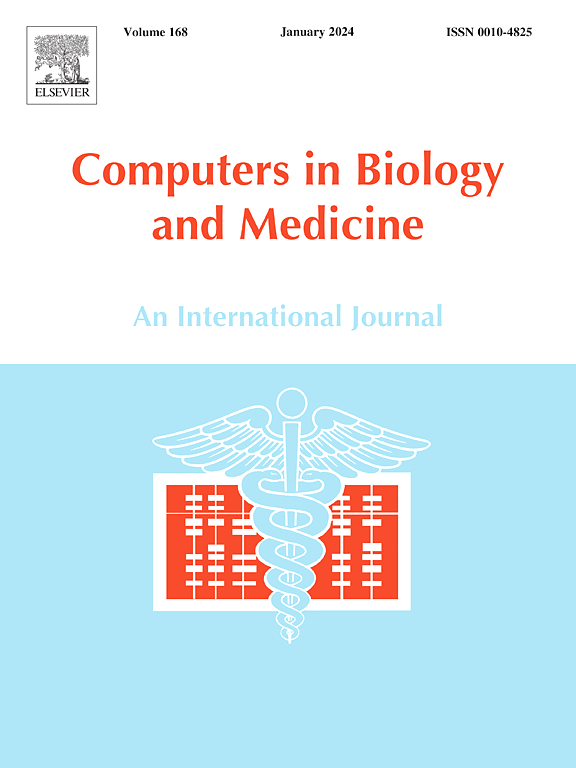绘制皮肤创面闭合的有限元机械图谱
IF 6.3
2区 医学
Q1 BIOLOGY
引用次数: 0
摘要
伤口的几何形状和人体皮肤的力学特性决定了部分愈合或疤痕组织的破坏模式。虽然皮肤科医生和外科医生通过临床实践对皮肤的机械特性有了直观的理解,但伤口的有限元模型可以帮助将直觉形式化。在这项工作中,我们探讨了伤口几何形状和主要意图闭合对机械应力通过皮肤传播的影响。我们使用表皮、真皮和皮下的两层、正交各向异性、超弹性模型来准确地捕捉工作中的机械和几何效应。我们强调的关键假设,必须作出建模伤口关闭的主要意图,清楚地描绘有希望的领域,为模型改进。模型在开源有限元框架DOLFINx中实现,并提供了可重复和可扩展科学的参考代码。我们为皮肤伤口的机械特性建模提供了一个框架,报告了广泛的皮肤有限元模拟结果。我们对结果进行完整性检查,并强调在临床使用这种建模时仍然存在的问题。我们提出了模拟皮肤伤口和皮肤伤口愈合的有限元方法和参考代码,重点是可重复性和对潜在假设的批判性检查。本文章由计算机程序翻译,如有差异,请以英文原文为准。
Charting a finite element, mechanical atlas of dermatologic wound closure
Wound geometry and the mechanical properties of human skin govern the failure modes of partially healed or scarred tissue. Though dermatologists and surgeons develop an intuitive understanding of the mechanical characteristics of skin through clinical practice, finite element models of wounds can aid in formalizing intuition. In this work, we explore the effect of wound geometry and primary intention closure on the propagation of mechanical stresses through skin. We use a two-layer, orthotropic, hyperelastic model of the epidermis, dermis, and subcutis to accurately capture the mechanical and geometric effects at work. We highlight the key assumptions which must be made when modeling closure of wounds by primary intention, clearly delineating promising areas for model improvement. Models are implemented in DOLFINx, an open-source finite element framework, and reference code is provided for reproducible and extensible science. We provide a framework for modeling the mechanical properties of skin wounds, reporting on the results of extensive finite element simulations of the skin. We perform sanity checks on the results and highlight the problems which remain in enabling clinical use of such modeling. We present finite element methods and reference code for modeling skin wounds and skin wound closure by primary intention, with a focus on reproducibility and critical examination of underlying assumptions.
求助全文
通过发布文献求助,成功后即可免费获取论文全文。
去求助
来源期刊

Computers in biology and medicine
工程技术-工程:生物医学
CiteScore
11.70
自引率
10.40%
发文量
1086
审稿时长
74 days
期刊介绍:
Computers in Biology and Medicine is an international forum for sharing groundbreaking advancements in the use of computers in bioscience and medicine. This journal serves as a medium for communicating essential research, instruction, ideas, and information regarding the rapidly evolving field of computer applications in these domains. By encouraging the exchange of knowledge, we aim to facilitate progress and innovation in the utilization of computers in biology and medicine.
 求助内容:
求助内容: 应助结果提醒方式:
应助结果提醒方式:


